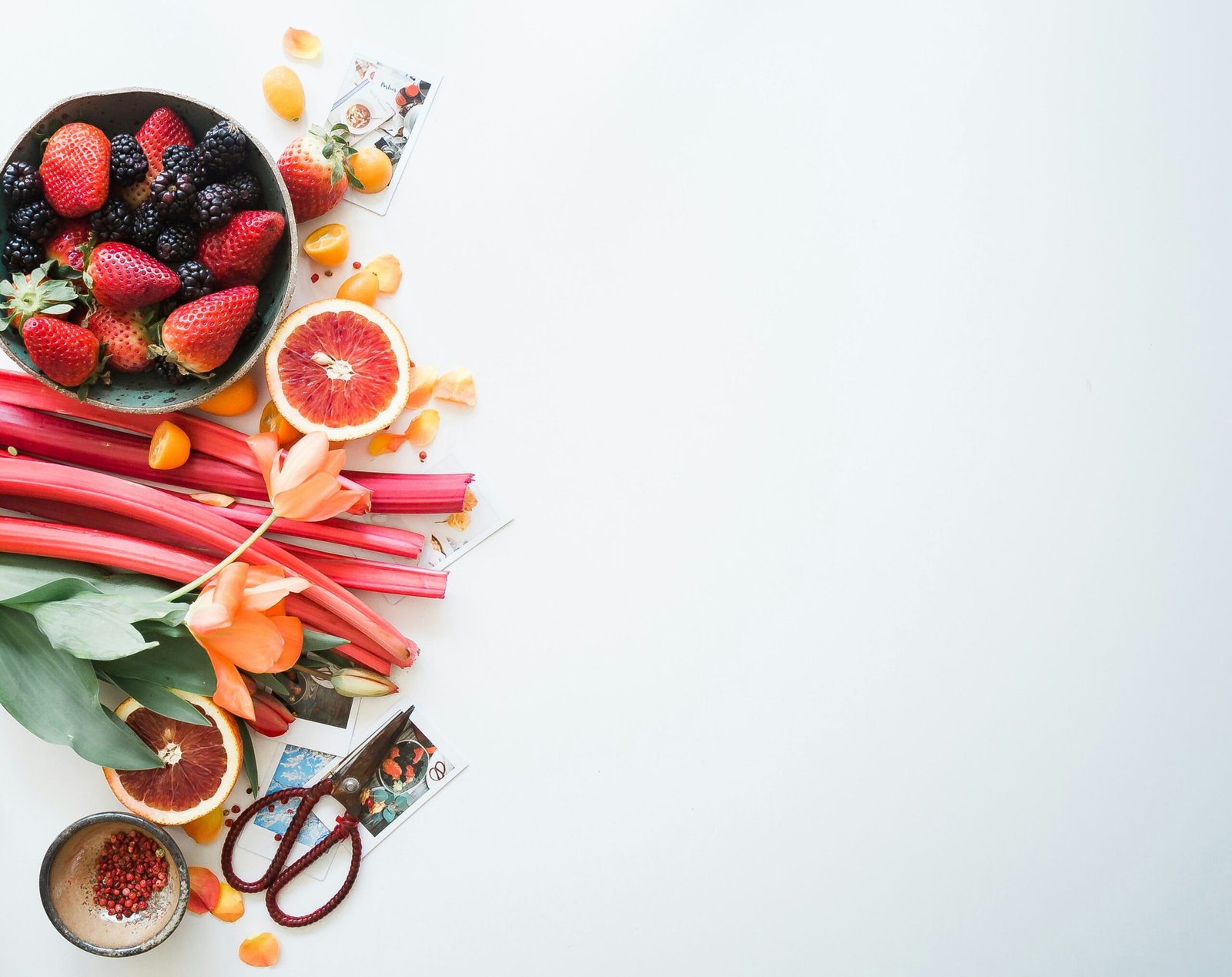
When it comes to our health, one of the most important factors is the food we consume. Eating a balanced diet that is rich in nutrients is essential for maintaining good health and overall well-being. However, with so many conflicting dietary advice and fad diets out there, it can be challenging to know what exactly constitutes a nutrient-rich meal. In this blog post, we will explore some tips and strategies for crafting meals that are not only delicious but also packed with essential nutrients.
1. Start with a Rainbow of Colors
One simple way to ensure that your meals are nutrient-rich is to include a variety of colorful fruits and vegetables. Different colors of fruits and vegetables indicate the presence of different vitamins, minerals, and antioxidants. Aim to include a mix of red, orange, yellow, green, and purple produce in your meals. For example, you can add sliced bell peppers, leafy greens, berries, and sweet potatoes to your salads or stir-fries. By doing so, you’ll be providing your body with a wide range of essential nutrients.
2. Don’t Forget the Protein
Protein is an essential macronutrient that plays a crucial role in building and repairing tissues, supporting immune function, and maintaining healthy hair, skin, and nails. Including a source of protein in each meal can help you feel fuller for longer and provide a steady supply of energy throughout the day. Good sources of protein include lean meats, fish, eggs, dairy products, legumes, and tofu. Try to incorporate a variety of protein sources into your meals to ensure you’re getting a complete range of amino acids.
3. Embrace Healthy Fats
Contrary to popular belief, not all fats are bad for you. In fact, healthy fats are essential for optimal health. They help support brain function, regulate hormone production, and aid in the absorption of fat-soluble vitamins. Include sources of healthy fats such as avocados, nuts, seeds, olive oil, and fatty fish like salmon or mackerel in your meals. Just remember to consume them in moderation, as fats are calorie-dense.
4. Choose Whole Grains
When it comes to carbohydrates, opt for whole grains instead of refined grains. Whole grains are rich in fiber, vitamins, minerals, and antioxidants, while refined grains have been stripped of their nutrients during processing. Choose options like whole wheat bread, brown rice, quinoa, and oats to provide your body with sustained energy and essential nutrients.
5. Hydrate with Water
While it may not be a food, water is a vital component of a nutrient-rich diet. Staying hydrated is essential for optimal digestion, nutrient absorption, and overall health. Aim to drink at least eight glasses of water per day, and more if you are physically active or in hot weather. If you find plain water boring, try infusing it with fruits or herbs for a refreshing twist.
6. Plan and Prepare Ahead
One of the keys to crafting nutrient-rich meals is to plan and prepare ahead. Take some time each week to plan your meals and make a grocery list. This will help you stay organized and ensure that you have all the necessary ingredients on hand. Consider batch cooking or meal prepping to save time during busy weekdays. Having healthy, ready-to-eat meals and snacks readily available will make it easier to stick to your nutrient-rich eating plan.
Remember, crafting nutrient-rich meals is all about balance and variety. By incorporating a rainbow of colors, protein, healthy fats, whole grains, and staying hydrated, you’ll be well on your way to nourishing your body and supporting your overall health. So, let’s embrace the balancing act and make every meal a nutrient-rich delight!